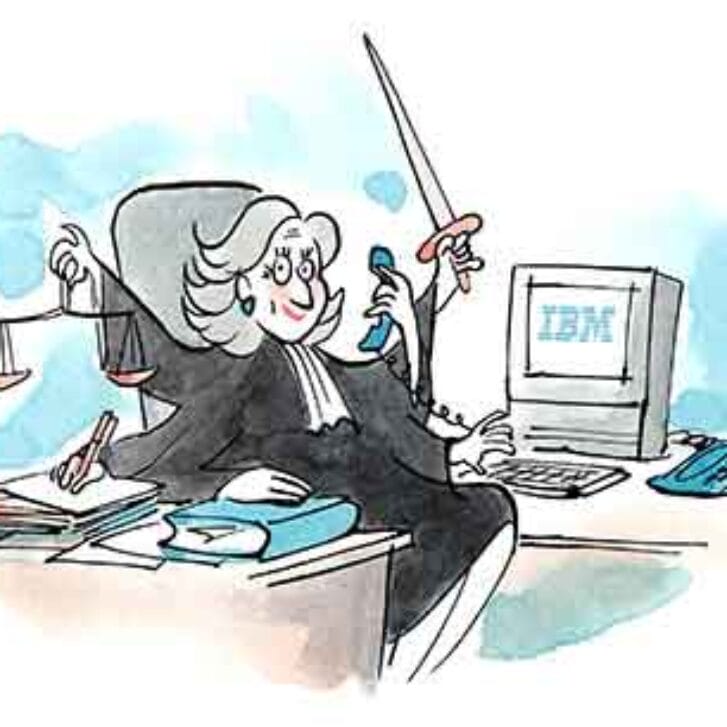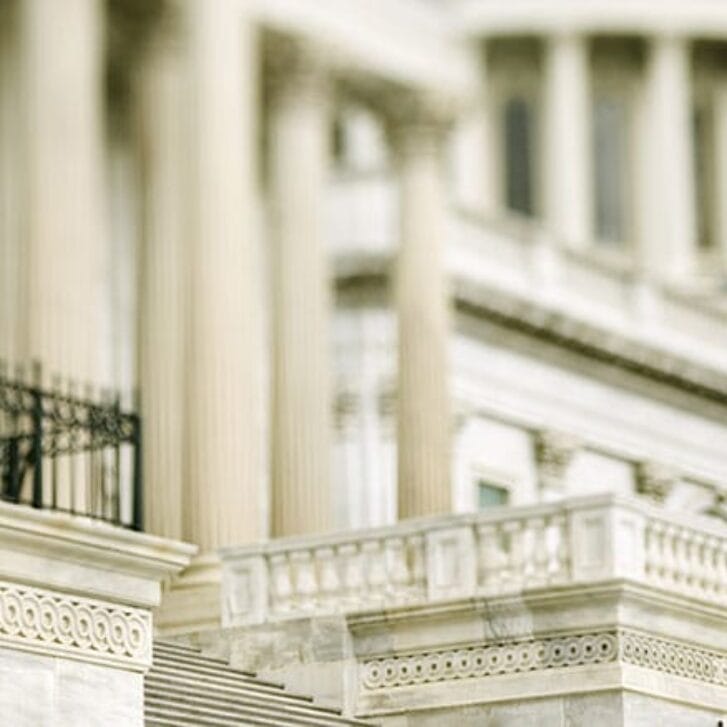Peter Cappelli has been studying the workplace and the forces that shape it for decades. The Wharton management professor and director of the Center for Human Resources thinks the choices we face as we consider the future of work after the COVID-19 pandemic could alter the white-collar working world as we know it.
Cappelli explores these decisions in a new book published by Wharton School Press, The Future of the Office: Work from Home, Remote Work, and the Hard Choices We All Face. He examines the tradeoffs both employers and employees must make to get what they want while considering what’s best for their futures. Guiding readers with an evidence-based approach, Cappelli covers the history of remote work, the vastly different experiences workers had during the pandemic, and the adjustments both employees and employers have already made in preparation for the new work world. In a call to action for both groups, he urges that we make decisions soon.
Brett LoGiurato, senior editor at Wharton School Press, sat down with Cappelli to talk about The Future of the Office.
Brett LoGiurato: What do you believe is at stake for the future of the office?
Peter Cappelli: I don’t think it’s going to surprise many people to get the sense of how big an issue this is. If you think about the value of commercial real estate, what happens if we don’t need offices and all the little businesses and restaurants that support offices and commuting? All those things matter. And in addition to whether remote work might be better for employees, one of the things we know is that not everybody wants to work from home.
Part of the message of the book is that we don’t know how well things worked during the pandemic’s work-from-home phase. A lot of organizations said that things were fine. A lot of employees said they got their own work done, but closer examination is suggesting that maybe it wasn’t quite so great, and things didn’t work quite as well, and there were a lot of things that were unique about the period of the pandemic that aren’t going to carry over afterwards.
For example, most people made a special effort to pull together and try to get things done; we were keeping businesses together and keeping our jobs together. Is that going to continue? And the other issue is: What happens next? Post-pandemic is unlikely to look much like what happened during the pandemic. We know a fair bit about that situation, because we’ve studied it. We’ve studied telework for quite a while. The results there weren’t as nice as you might expect. People working remotely don’t do as well, and their careers don’t do as well, either.
Understanding what we’re getting ourselves into matters a lot. There are so many options in terms of working from home — if you do it, and how much you do, and how it’s carried out. It’s important to get the options we pick right.
BL: You’ve been researching the workplace for decades, and you highlight how this change is much different. Can you explain that?
Cappelli: Anybody who’s interested in the workplace knows that there’s been a flavor-of-the-month feel to a lot of the press over the past couple decades. The reason this change is such a big deal is it’s happening now, or will happen soon. At some point, we have the opportunity to go back to work, and employers have to choose. You can’t say “We’ll decide” forever. This decision is right on top of us, and it’s going to matter in ways that are completely obvious. It’s a big deal, and we haven’t paid enough attention to it. We haven’t thought very carefully about what it means and how to choose what to do.
BL: Was there any data or research that you found particularly surprising?
Cappelli: What we’ve seen is some evidence that [remote work] didn’t go as nicely as you would think. Hours of work were actually higher. There’s some evidence that traditional boundaries are broken — there was a lot more work after dinner. Stress levels appear to be higher as well. And in general, there’s a sense that this was not quite as wonderful as we thought. Some of this is understandable. You’ve been into this for a year and a half, and it’s not much fun. That’s what we started to see in the data more recently. It’s not particularly surprising, but it is different, at least, than what the popular perception had been.
BL: What industries have been most affected by changes in the workplace during the pandemic?
Cappelli: Health care. The ability to try to deliver medicine to patients virtually — we made some progress on that. A lot of telemedicine, which has been used in other countries, seems to have worked pretty well, and it’s safer. People who are sick don’t have to come in. The complication of trying to manage procedures, of course, is quite a different thing. But all the professional services have adapted in various ways. Look at the world of law, for example, where things have been done collaboratively in the big law firms. For the smaller ones, it didn’t matter that much if you were virtual or remote, but in the bigger firms, they found some ways to make the larger, more complicated cases work.
BL: What’s your best advice for those employees who dread a return to an in-person workplace?
Cappelli: I think the variation in people’s experience in working from home is quite remarkable. There are some people who liked it. There are some people who didn’t. A lot of that depends on your life circumstances. And even those who were grateful to be able to do it weren’t necessarily having fun. There’s evidence that stress levels are up, hours of work were up for people working from home, and returning to the workplace means something different than it did when we were thinking about this during the pandemic.
To some extent, I don’t think we’re quite making the right comparison. What we’re thinking about now is something that happened about two years or so ago, when we think about what “normal” used to be. For most people, it wasn’t so bad, and it wasn’t like imagining working in the office during the pandemic.
Going back to the office probably won’t be so bad. To some extent — I hate to say this — it’s a little like when we were kids and going back to school, which we all dreaded. And as soon as you started to do it, you get back into the rhythm, and it’s not such a terrible thing.
BL: What do you believe employers have to do to make their employees feel engaged about plans in the near term, and in the longer term as well?
Cappelli: Bringing people back is like managing organizational change. The first step is, “Why do we have to do it?” The second step is to explain to people what it’s going to mean, particularly with respect to safety.
The smart thing to do is to tell employees that this is an experiment — that we’re going to see how this works. I don’t think you want to suggest to people that whatever you’re putting in place is going to be there forever, because if you have to change it, that’s a tough thing for employees to swallow.
Published as “Working, Remotely” in the Fall/Winter 2021 issue of Wharton Magazine.

























